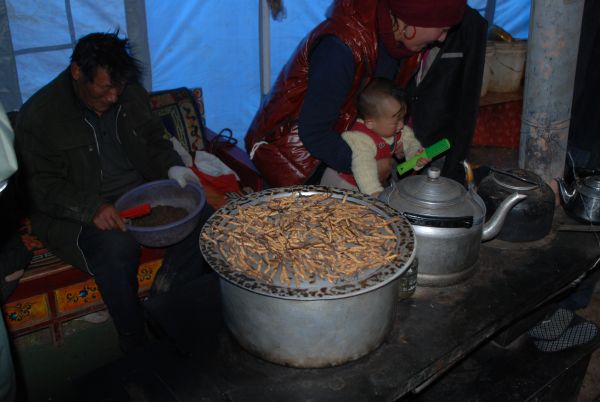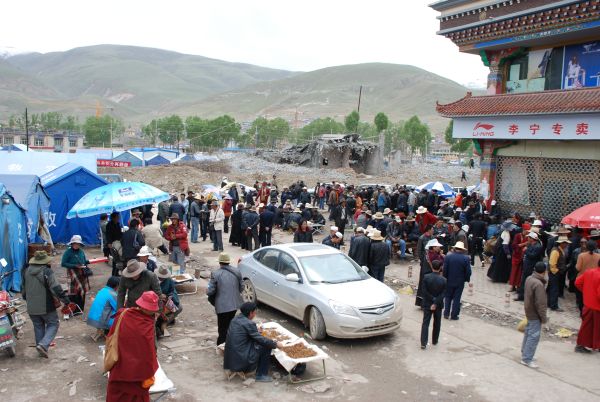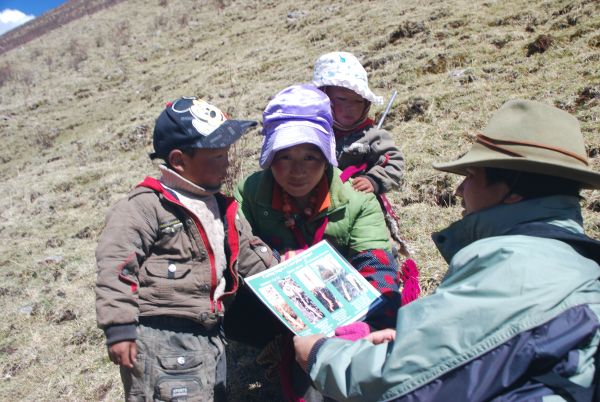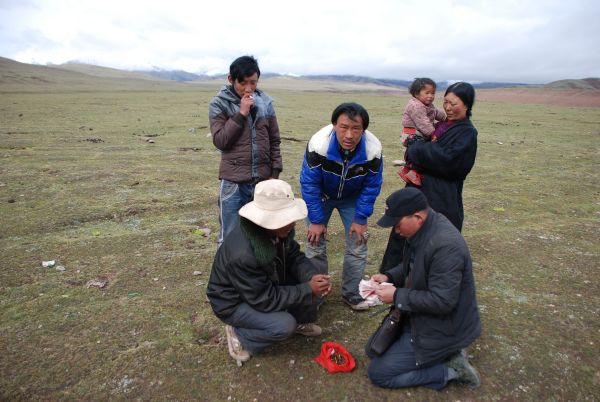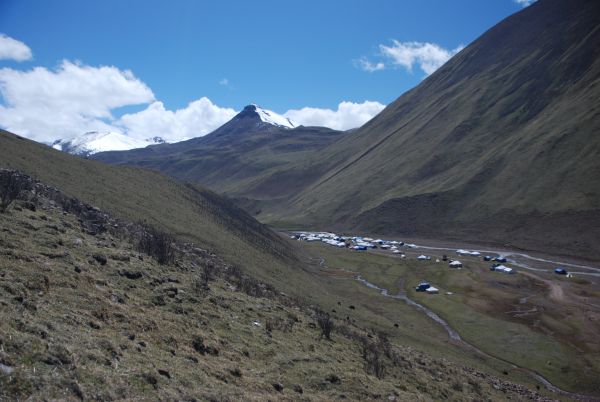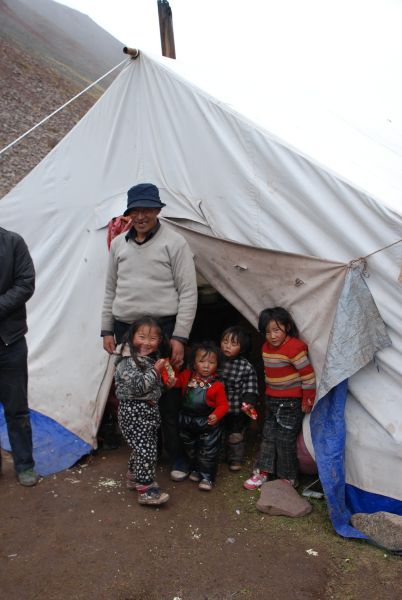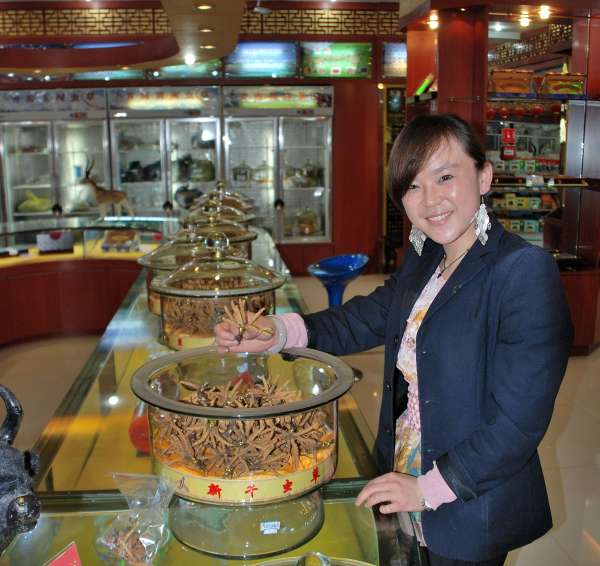In January an article was published in the International Journal of Medicinal Mushrooms 12(4):427–434 (2010) entitled:
Ethnomycological use of Medicinal Chinese Caterpillar Fungus, Ophiocordyceps sinensis(Berk.) G. H. Sung et al. (Ascomycetes) in Northern Yunnan Province, SW China.
Authors: Jiyue Chen,1 Sangwoo Lee,2 Yongqiang Cao,1 Yanqiong Peng,1 Daniel Winkler,3 Darong Yang1
1 Key Laboratory of Tropical Forest Ecology, Xishuangbanna Tropical Botanical Garden, Chinese Academy of Sciences, Kunming, Yunnan, China; 2 International Biological Material Research Center, Korea Research Institute of Bioscience and Biotechnology, Yusong Daejeon, South Korea; 3 EcoMontane Consulting, Kirkland, WA 98034, USA.
Although I am listed as a co-author and spend quite some time reviewing the paper, I was not part of the original research team. Here is a link to the
summary.
In April nearly the same team published in Mycotaxon a paper on a new Cordyceps species:Ophiocordyceps laojunshanensis found in NW Yunnan: It is characterized by slender stromata, sparse perithecia, and the unique habitat of growing in mosses
2011 Mycotaxon vol. 115, pp. 1–4
A new species of Ophiocordyceps (Clavicipitales, Ascomycota)
from southwestern China
by Ji-Yue Chen, Yong-Qiang Cao, Da-Rong Yang & Ming-Hua Li
Here is a link to the summary
Interview in Tintling
Furthermore I have been interviewed by Tintling, the German Mushroom Magazine. The quite extensive interview with tons of mushroom pictures from Tibet, Bhutan, and North and South America, can now be
downloaded as a pdf. It was publisched in Tintling 69, 2/2011, p.56-69
In German: Im Tintling, der deutschsprachigen Pilzzeitung, erschien im April 2011 [Heft 69, S.56-69] ein längeres Interview mit mir, das zudem reich bebildert ist mit zumeist Pilzbildern aus Tibet, Bhutan, und Nord- und Südamerika. Hier der
Link zum Herunterladen.
First news reports are trickling in regarding the 2011 collection season, which is underway all over the Tibetan Plateau and the Himalayas.
In Nepal people start heading for the alpine areas to collect yarsagumba - caterpillar fungus. Villages get deserted and schools are closing too, just like in Tibet. Here an article from the
Himalayan Times.
From Bhutan
Kuensel reports that local elections needed to be moved, otherwise there would have been only few voters, since so many people are up in the mountains collecting Ophiocordyceps sinensis. Also in Bhutanobserver was an article on April 27, reporting that the government organized Cordyceps auctions established to maximize villagers fungal income will now be organized by the communities. Details can be read in the
Bhutan Observer. Special thanks to Francoise Pommaret who keeps me always posted on the latest developments in Bhutan.


